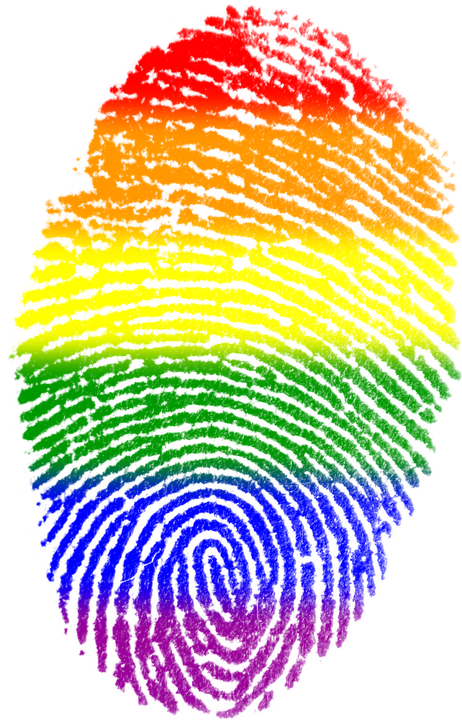Queer youth revolution

Unexpected results emerged from an extensive study examining the experiences of LGBT teens living in one historically supportive community (the San Francisco Bay Area), and another with historically more hostile attitudes toward sexual and gender diversity (the Central Valley).
“I was surprised by how much new identity labels are being used,” said Phillip Hammack, professor of social psychology and director of the Sexual and Gender Diversity Laboratory. “Among LGBT young people across these communities, 24 percent don’t identify as male or female, but rather as gender non-binary. That’s huge, and it’s a relatively new concept. It’s a quiet revolution.”
A person identifying as gender non-binary may blend elements of traditional masculinity and femininity or may not fall within those two categories at all.
But this revolution isn’t affecting all queer teens equally, said Hammack. Leaders within the unofficial movement were overwhelmingly teens who were assigned female at birth, but now identify as gender non-binary. And overall, there were twice as many openly transgender boys (assigned female at birth) as girls.
That doesn’t jibe with the demographic makeup of the larger LGBT community, Hammack said. So, where are the boys? Teens who were assigned male at birth but who now have a different gender identity don’t feel they can come out safely, Hammack said. “They’re worried about stigma and bullying from other boys. If they can pass as gender-conforming, they’d rather stay in the closet.”
—Sascha Zubryd

